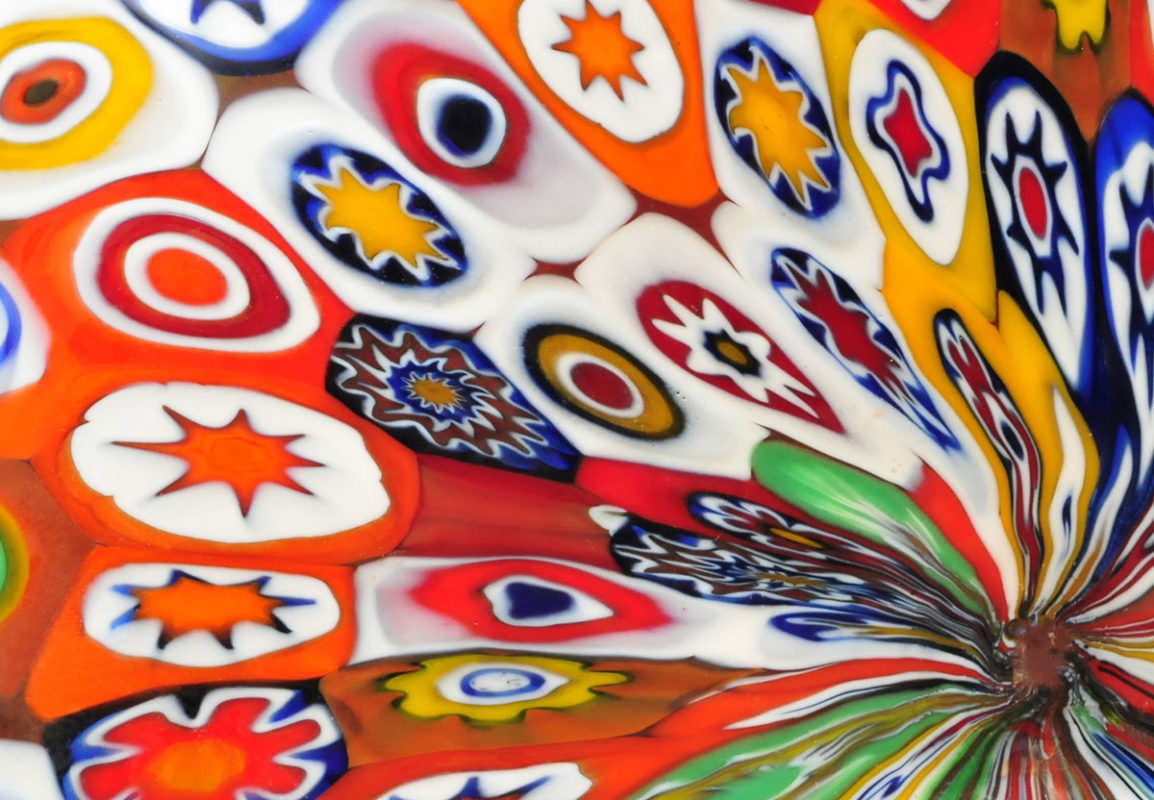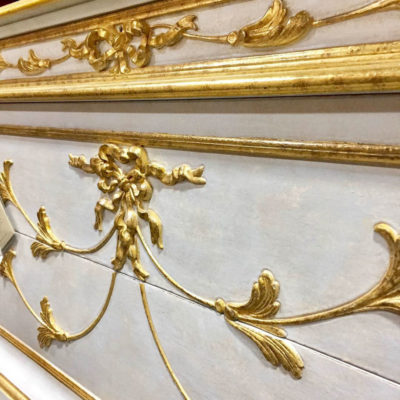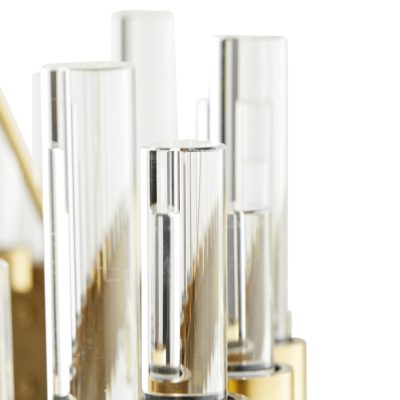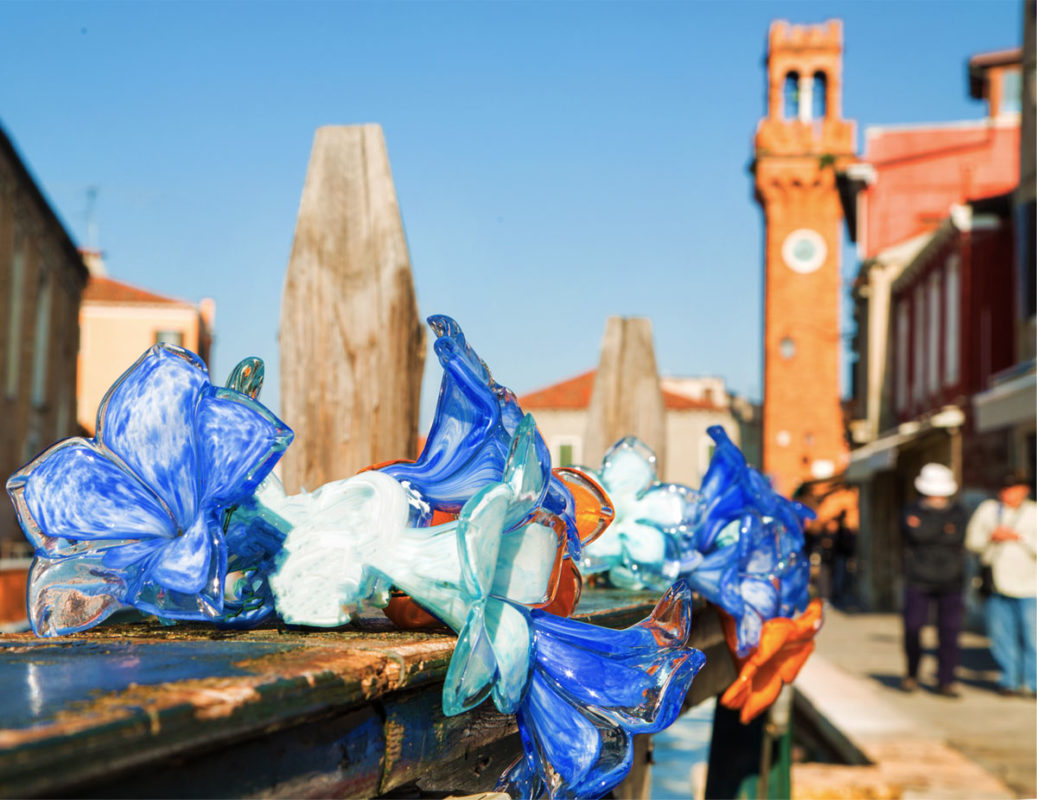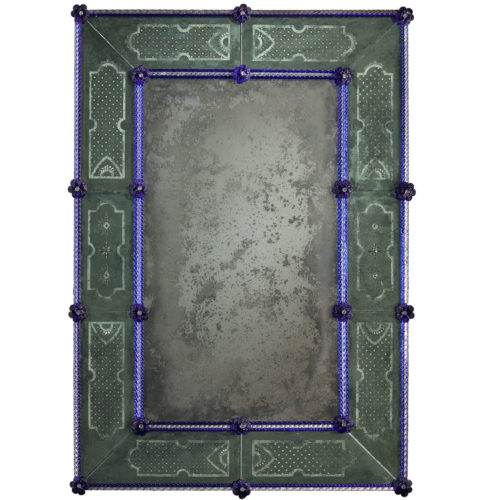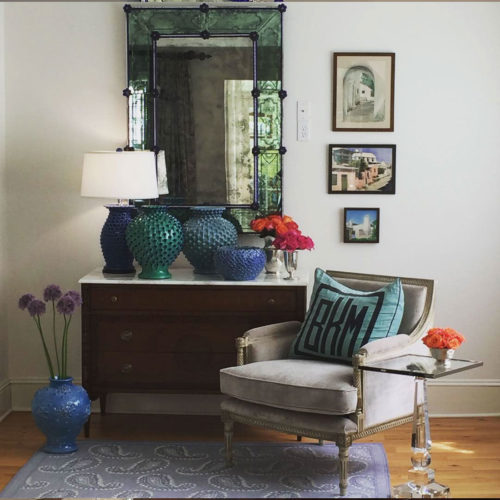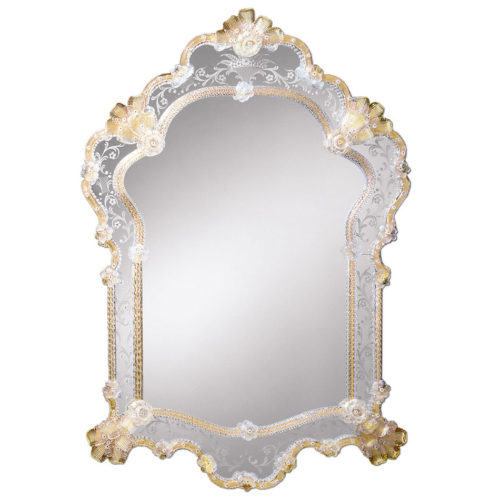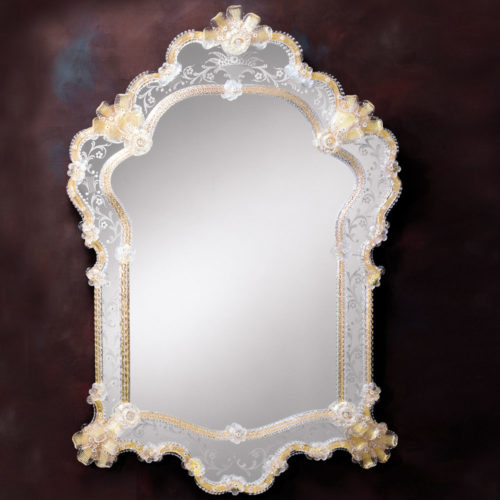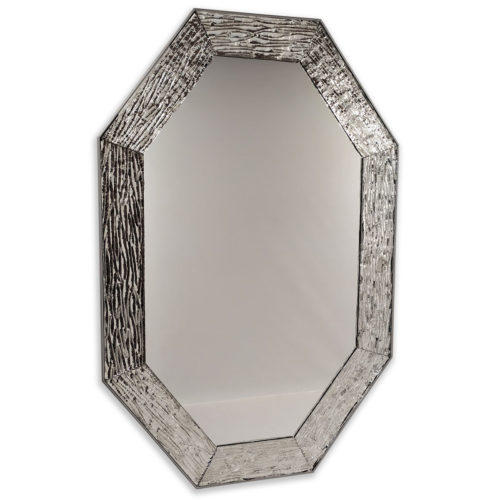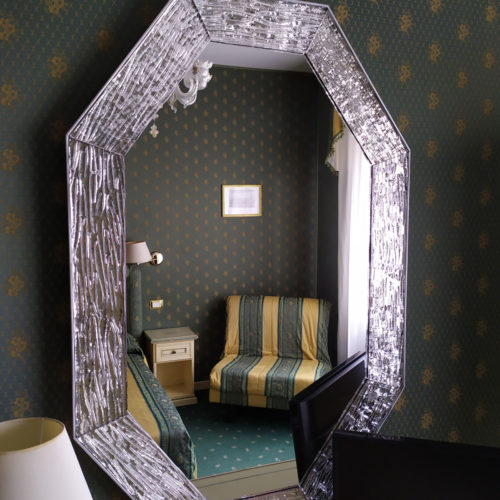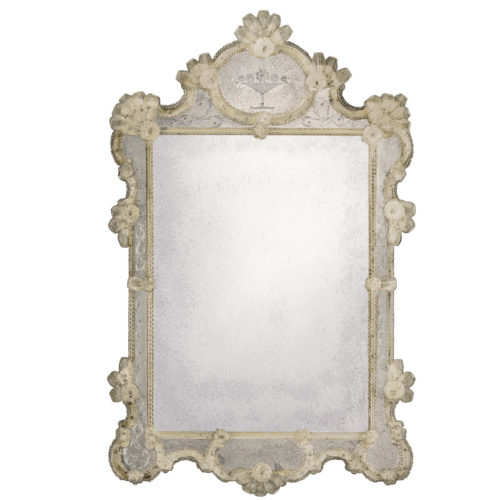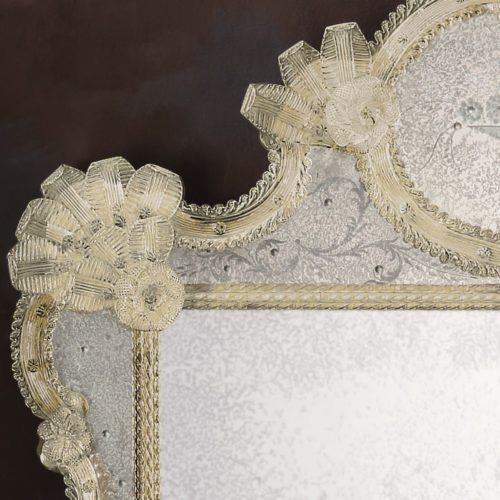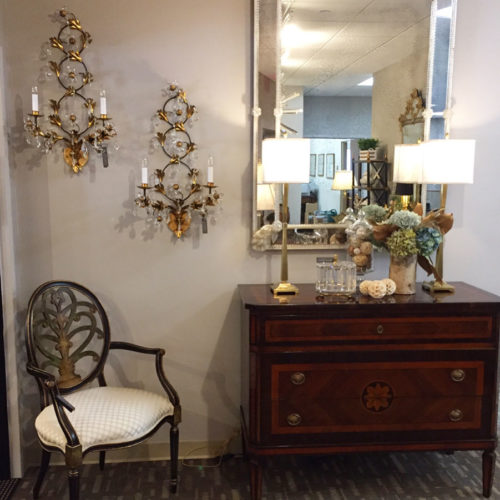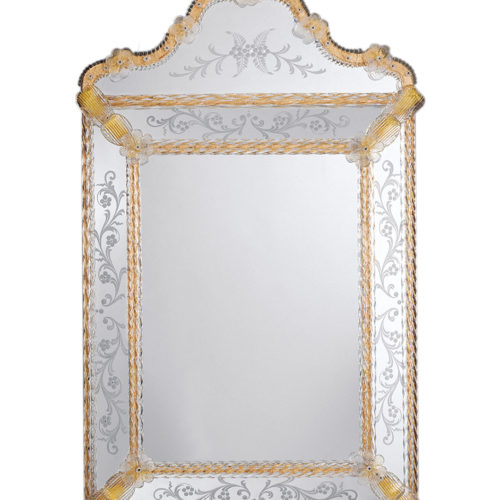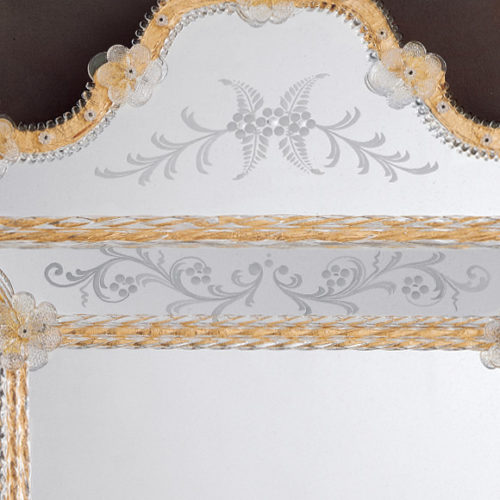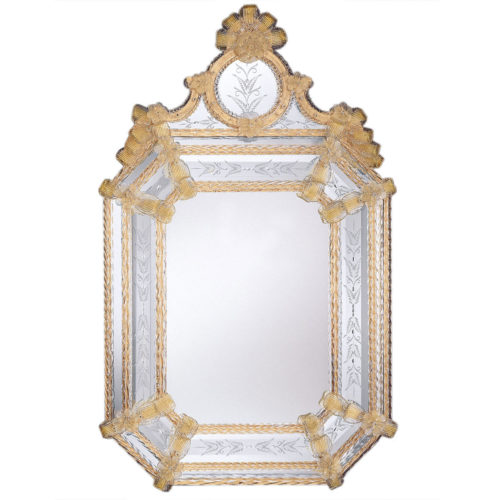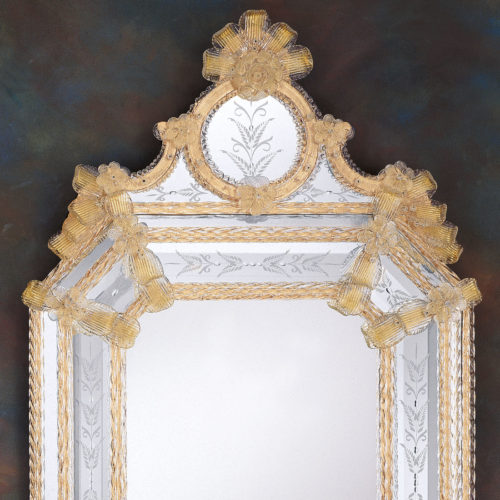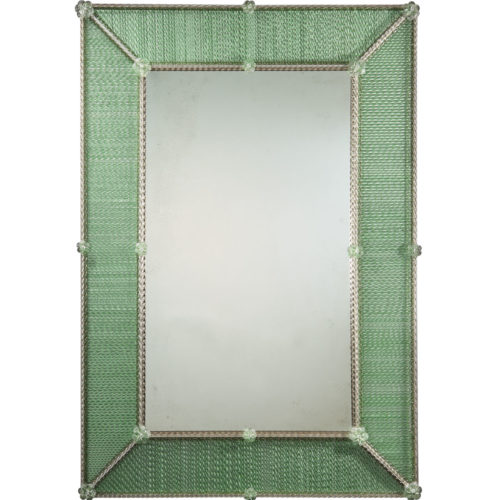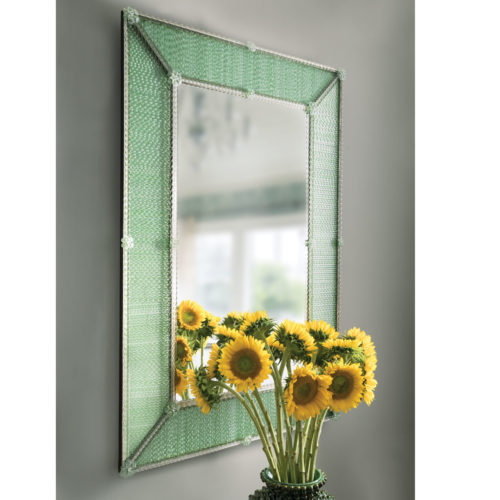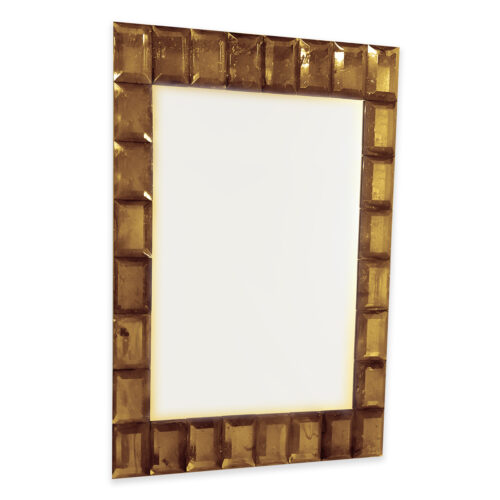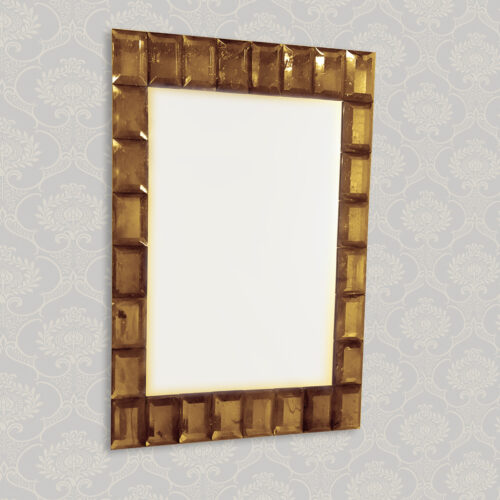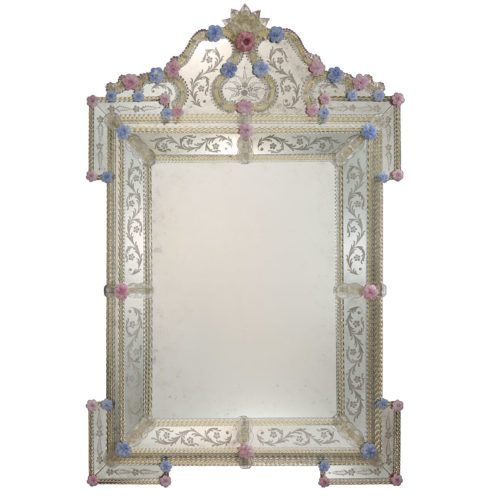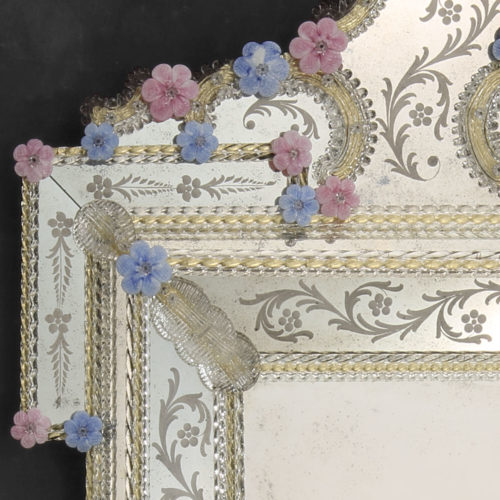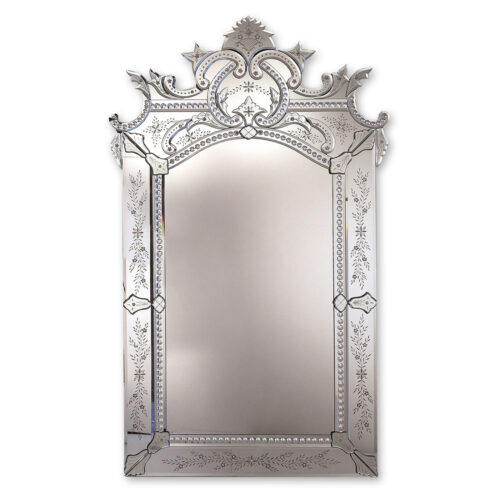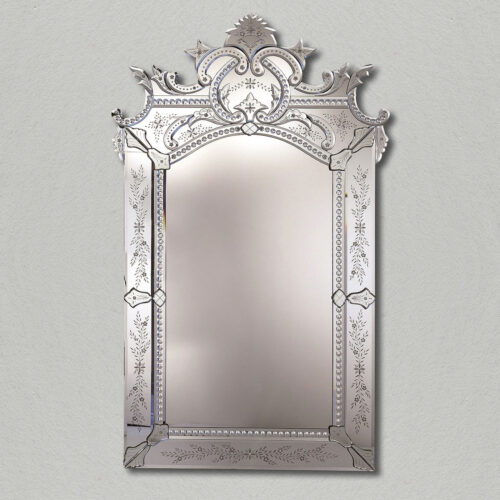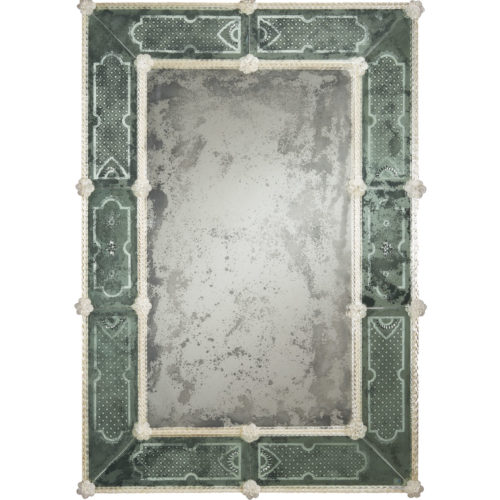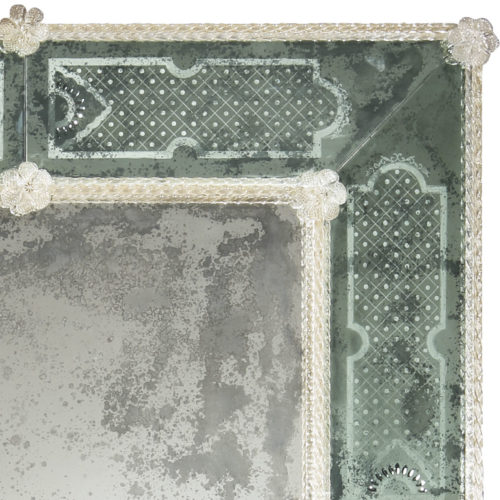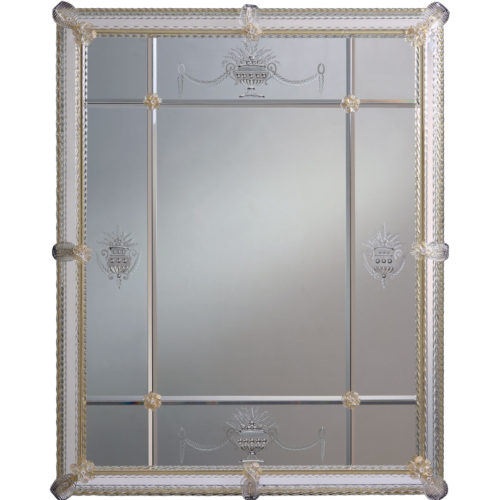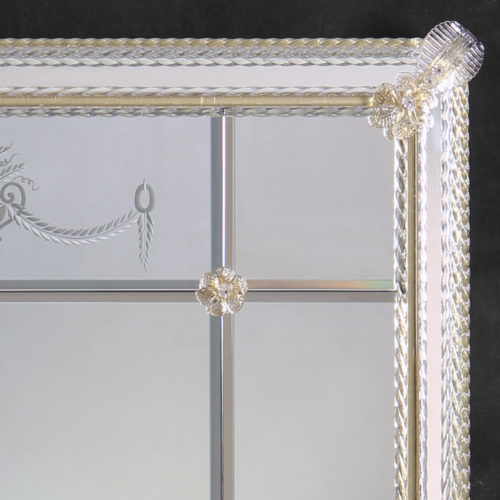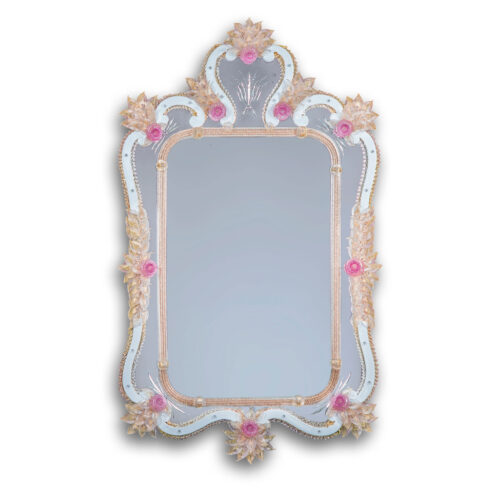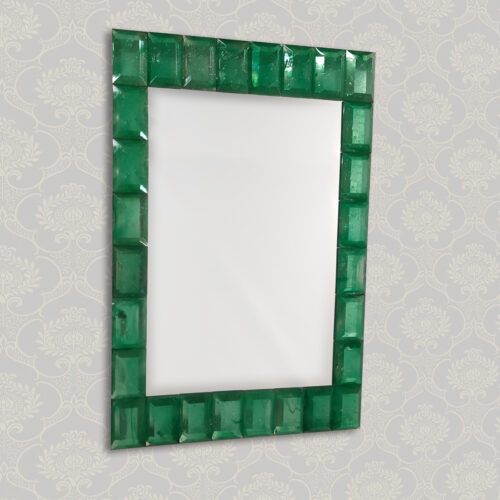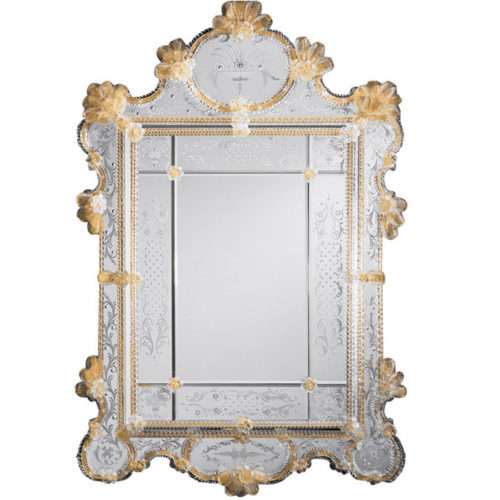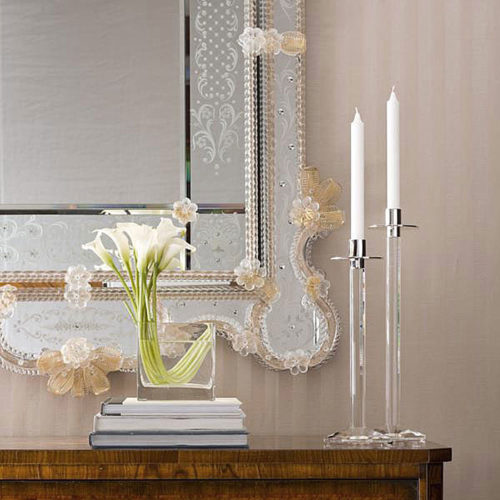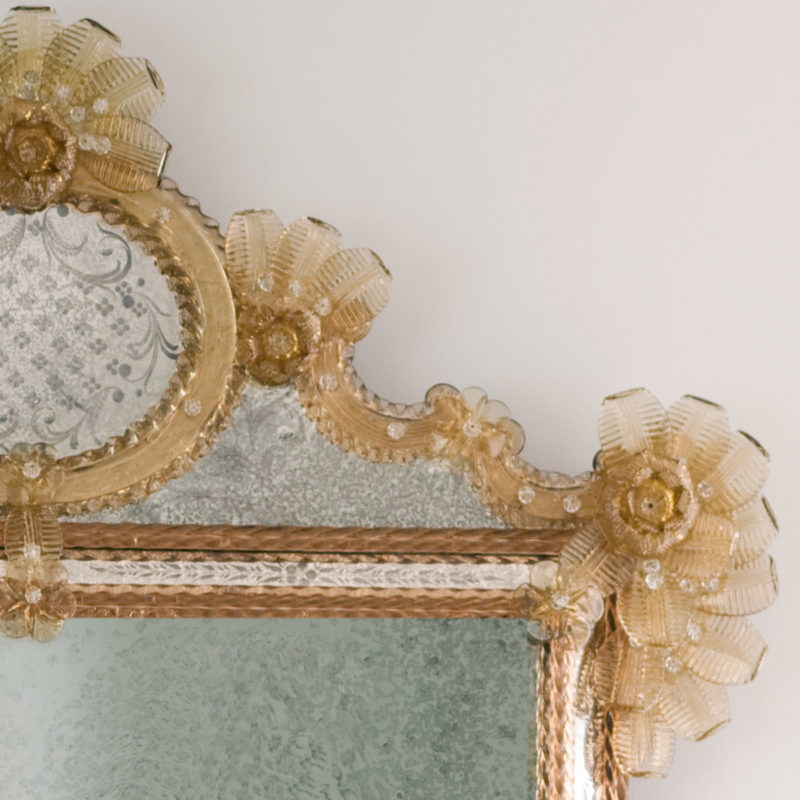For more than 1,000 years, glassmakers in Murano, Italy have created glass items of unsurpassed quality and beauty. Today, Venetian glass is still made using methods developed by the ancient artisans.
The origins of Venetian glassmaking are traced to the time of the Roman Empire. During that time, the quality and beauty of Venetian glass quickly became known throughout the empire and beyond. Glass items made in Venice – mirrors, bowls and vases, sculptures, jewelry, lamps, wall sconces, and other pieces – were considered by many among the best in the world. At the end of the 13th century, the Venetian government forced the glassmakers to relocate to the island of Murano, to remove the risk of fire from the large furnaces to the mostly wooden structures of Venice. A subsequent law preventing the glassmakers from ever leaving the island also prevented the secrets of their trade from leaving as well.
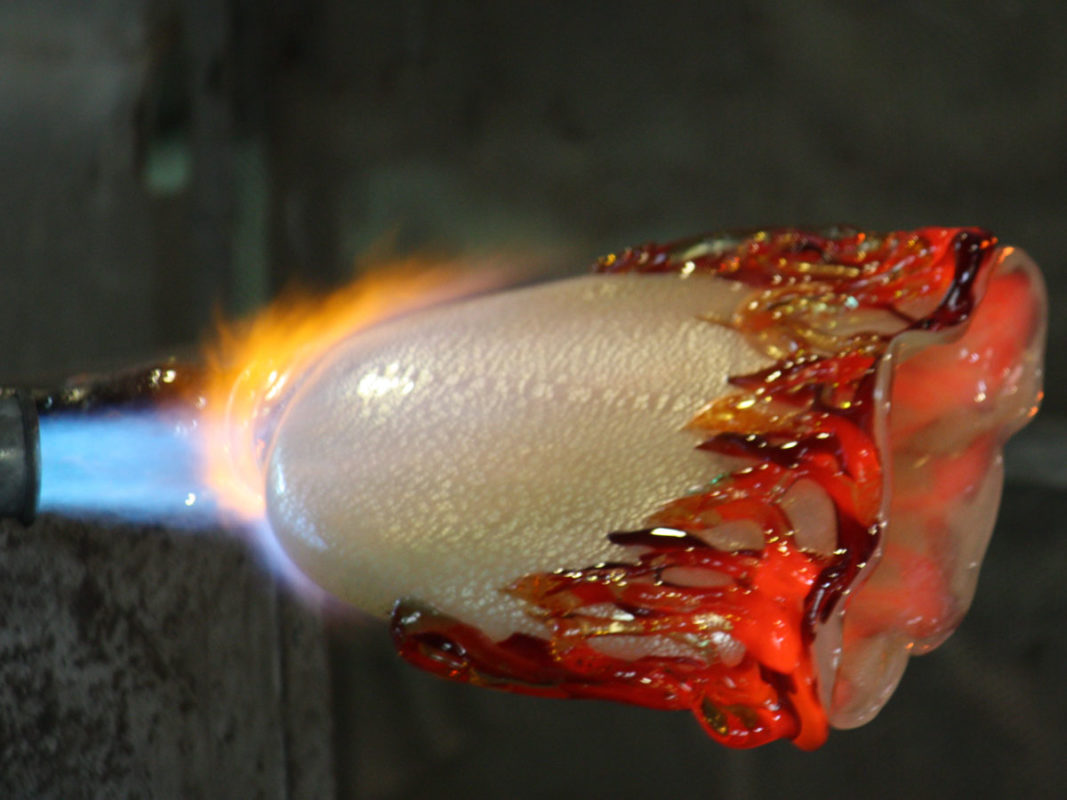
The early glassmakers in Murano had developed a style influenced by Muslim and Asian art, creating unique items that became highly prized by the Italian nobility and the Catholic Church. By the 14th century, these specialized craftsmen were so respected and revered; they were given special privileges (including immunity from prosecution) that no other artisans at the time were afforded. In the 15th century, the method for making clear glass was discovered, and for a time, Murano was the only place in Europe that could produce this rare and sought-after “cristallo” glass for mirrors.
Strictly speaking, Murano glass is produced by the artisans of Murano, Italy – an island northeast of Venice. Glass made outside of the confines of Murano is often called Italian or Venetian glass. This does not mean that the glass is of lesser quality – the same techniques and materials are applied to glass made in other parts of Italy. According to experts, the term ‘Murano glass’ can only be applied to glass made on the island of Murano.
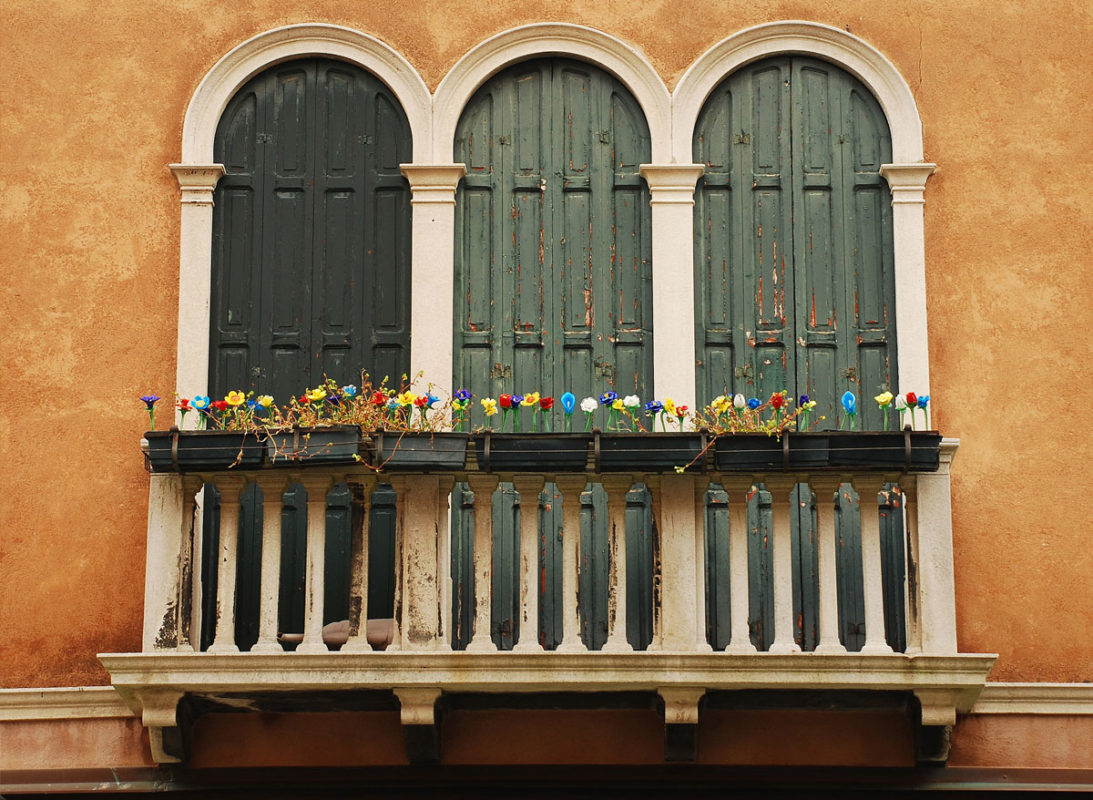
The artisans of Murano developed many different types of glass, incorporating various techniques and minerals to attain the unique beauty and quality rarely seen elsewhere.
A few types are:
Bullicante – Using a precise Italian glass-making technique known as “bullicante,” skilled artisans created a pattern of evenly spaced air bubbles in layers of glass. An incredibly tricky technique to master where the artisan introduces air bubbles via the pontil rod as the glass is blown.

Aventurine – the use of tiny pieces of gold or other metals in the process of glassmaking creates a shimmery glass.
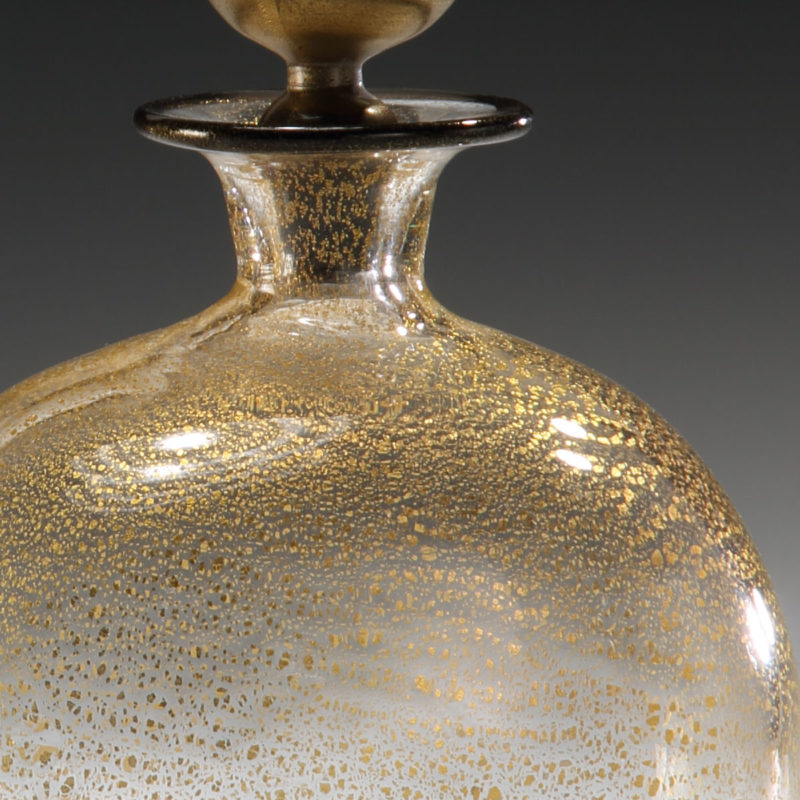
Cameo – the technique of fusing two layers of glass in contrasting colors, then carving away portions of the top layer to create a design. Popular well into the early 20th century.
Lattimo – “milk” glass technique developed in imitation of the opaque white glass from China of the time.
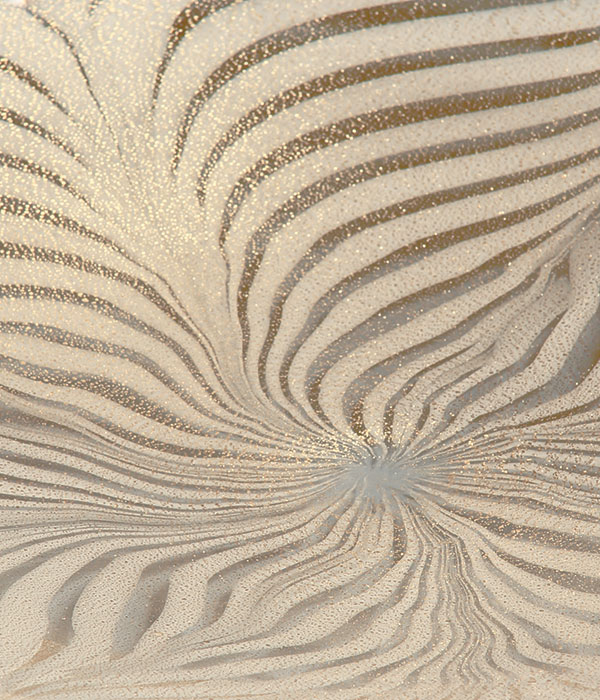
Millefiori (Murrine) – a method of creating glass rods with a “flower” design visible only in the cross-section of the rod. Thin slices of these flowers are then joined together to cover a glass surface.

